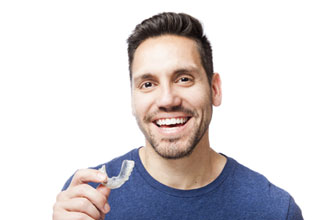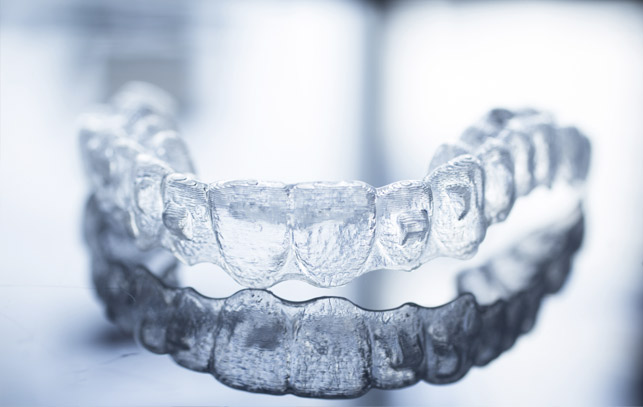Correct TMJ Problems… with Braces?
 Pain in the temporomandibular joint (TMJ) is very common. What’s not so common is pinpointing a specific cause. But one well-known factor is tooth positioning. The way your teeth close together can critically affect how much stress your jaw receives.
Pain in the temporomandibular joint (TMJ) is very common. What’s not so common is pinpointing a specific cause. But one well-known factor is tooth positioning. The way your teeth close together can critically affect how much stress your jaw receives.
It could just be that braces can help take some tension off your jaw. You may be thinking that orthodontic treatment has a reputation for being uncomfortable, so how can it help you minimize jaw pain? Let’s explore.
Signs of TMJ Problems
You could be suffering from a TMJ disorder if you notice:
- Frequent ear aches
- Migraine
- Unexplained headaches
- Neck pain
- Muscle tension
- Pain while chewing or yawning
- Clicking, popping, or grinding noises when you open and close your mouth
Your jaw is combination glide and hinge joint. It’s a very complex structure that contains a variety of tissues and fluids for cushion, support, and movement.
No Difference in Function
If you’re wondering about the function of the braces, then rest assured that both kinds of braces work just the same. You can expect to get the same results from metal braces as you would from ceramic (tooth-colored) brackets and wires.
Your Tooth Alignment Could Be to Blame
What role does tooth alignment play? You might have one or more teeth that have erupted too high above the others or that have tipped. One side of your jaw might come together before the other side. Awkward tooth positioning could be forcing you to chew on only one side of your mouth.
All of these situations create unequal pressure distribution on the TMJ and affect the ease with which your jaw moves.
Combination Therapy for TMJ Issues
While orthodontic treatment can help to ease your TMJ pain, other therapies may be necessary. At Brackets Wires & Smiles, Dr. Farooq Ahmad can provide you with an NTI-TSS (Nociceptive Trigeminal Inhibition Tension Suppression System) device to keep your jaw in a relaxed position.
The NTI is a splint that prevents teeth from closing together too hard, thereby promoting muscle relaxation and reducing tension in jaw. The splint is custom-designed to guide your jaw into a healthy position and it trains you to avoid the action that causes tension.
If needed, you can combine therapies to design a beautiful and more comfortable smile. Correct alignment issues with orthodontic treatment and then recondition your TMJ with the help of a splint.
Visit our Vista office for an evaluation to see whether straightening your teeth and/or trying a splint could help you find relief.





